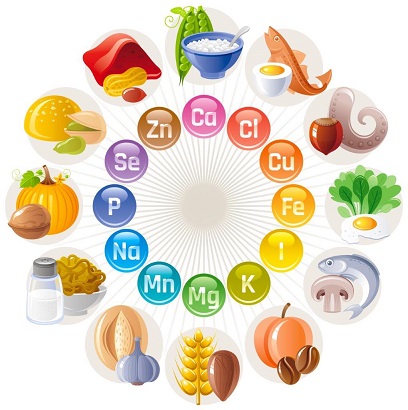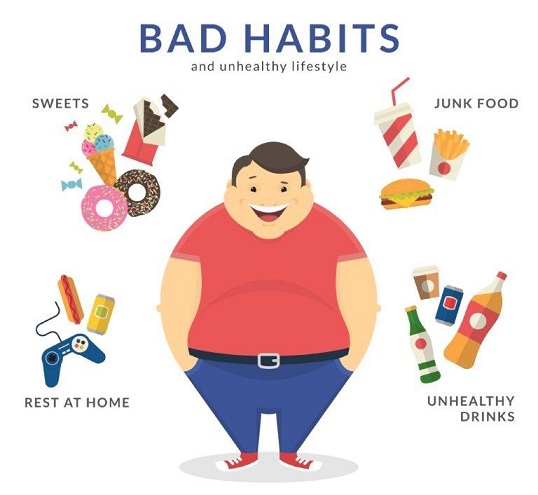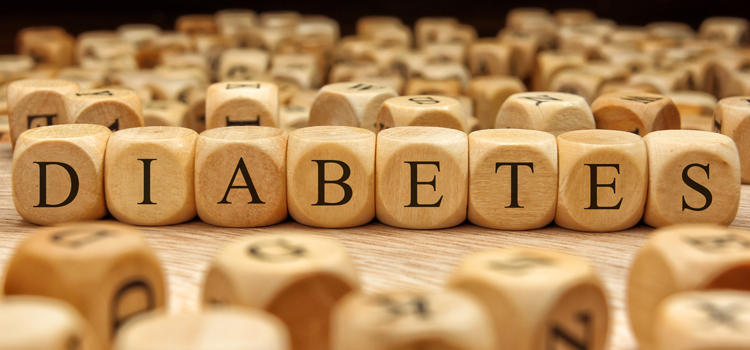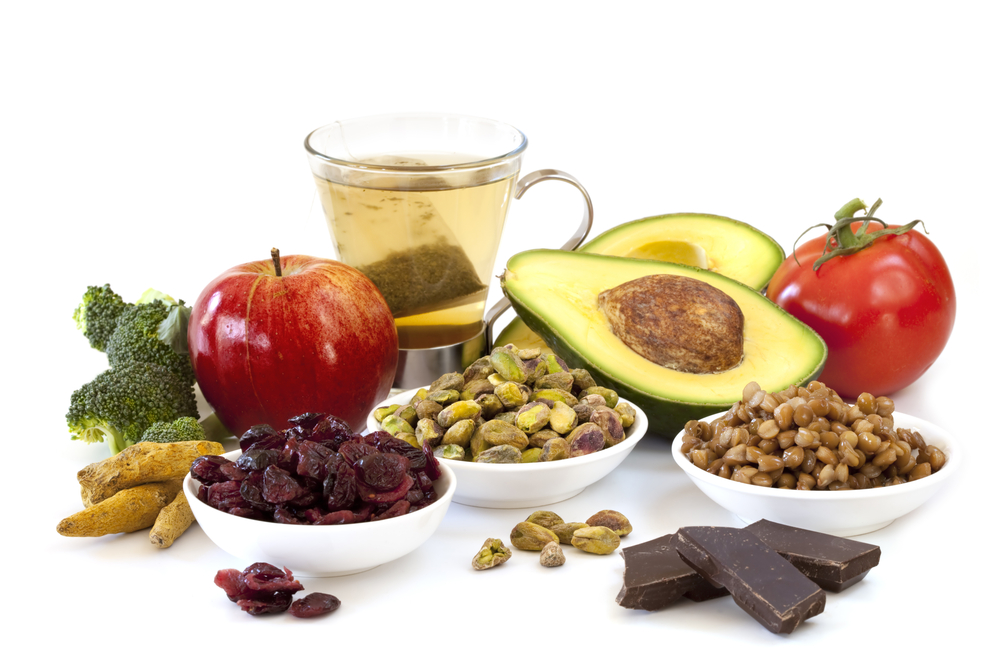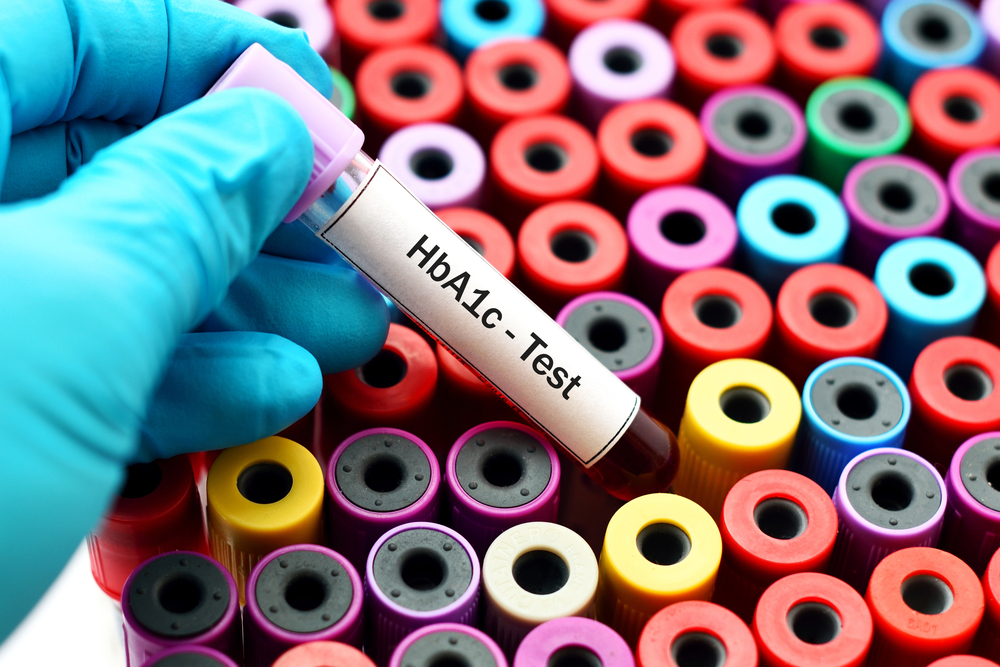Diabetes and High Blood Pressure

Hypertension and diabetes are two formidable health adversaries in the modern era. The International Diabetes Federation (IDF) states that over 537 million adults worldwide suffer from Diabetes. High blood pressure, on the other hand, as stated by the World Health Organisation (WHO), has affected around 1.28 billion adults worldwide.
To make things worse, these chronic illnesses often co-exist. A Type-2 diabetes diagnosis greatly raises the risk of hypertension. This, in turn, increases the likelihood of severe health problems like stroke and heart disease.
Hence, it is important to have a comprehensive understanding of the diabetes and hypertension relationship. Read this article to find the causes, symptoms, and strategies to manage these illnesses.
What is Blood Pressure?
Blood pressure is a key indicator of an individual’s cardiovascular health. It is a measure of the force that is exerted by circulating blood on the walls of blood vessels, also known as arteries. Blood pressure consists of two components– Systolic and Diastolic blood pressure.
Systolic blood pressure is the blood pressure reading that is measured when the heart beats. Conversely, Diastolic blood pressure is the reading that is measured when the heart is in a state of rest and refilling with blood. Systolic readings are usually higher of the two values since every heartbeat pumps more blood into the arteries.
A systolic value between 90-120 mmHg and a diastolic value between 60-80 mmHg is considered a healthy BP range.
What Causes Diabetes and High Blood Pressure?
Hypertension and diabetes can be caused by multiple factors. Let us look at the individual causes of diabetes and hypertension:
Diabetes:
- Sedentary lifestyle: An inactive lifestyle is one of the biggest contributors to diabetes. Inactivity, paired with unhealthy dietary habits, causes obesity, which leads to insulin resistance and Type 2 diabetes.
- Genetics: Genes often play a role in causing diabetes. If an individual’s family medical history has multiple cases of diabetes, they are also at risk of developing the condition.
- Health conditions: Certain underlying health conditions like pancreatitis, hyperthyroidism, and acromegaly can lead to diabetes.
Hypertension:
- Salt-heavy diet: Hypertension is a disease that develops over an extended period. An unhealthy and salt-heavy diet is often the primary cause of developing high blood pressure.
- Intoxicants: Most intoxicants, like tobacco, alcohol, and caffeine, are known to increase bad cholesterol levels, leading to hypertension.
- Health condition: Specific health conditions and illnesses, like Conn’s syndrome, sleep apnea, and some kidney diseases, are known to cause hypertension.
What Symptoms Should One Look Out For?
Hypertension and diabetes treatment are often delayed because their symptoms are often subtle or non-existent in the early stages. Hypertension, for instance, is usually called a silent killer because it might not show any symptoms until significant damage is done.
Nevertheless, patients should be vigilant and take note of the following symptoms:
- Headache
- Dizziness
- Breathlessness
- Fatigue
- Blurred vision
How Are Diabetes and High Blood Pressure Diagnosed?
Doctors usually adopt separate routes to diagnose a patient for high blood pressure and diabetes. For proper diabetes diagnosis, doctors usually prescribe the following blood tests:
- Fasting blood sugar test: In this test, a patient’s blood sugar levels are measured after an overnight fast. A glucose level between 70-100 mg/dL is considered normal.
- Post-prandial blood sugar test: This test measures a patient’s blood sugar level after they have consumed a meal. A normal sugar level in this test should be below 140 mg/dL.
- Glucose tolerance test: Here, blood sugar levels are measured before and after the patient consumes a glucose drink. It is usually used to check for gestational diabetes.
For high blood pressure diagnosis, the patient’s blood pressure is measured using a sphygmomanometer. The average reading measured over a week is used to confirm a diagnosis of hypertension. A reading above 140/90 mmHg can confirm a condition of hypertension.
How To Manage These Conditions?
For proper management and prevention of these chronic conditions, one should adopt the following strategies:
- Healthy Diet: A balanced and healthy diet, devoid of junk food, is a must to manage these conditions. The DASH (Dietary Approaches to Stop Hypertension) diet suggests adding whole grains, fruits, and vegetables to the patient’s plan.
- Regular Exercise: Specific physical activities, like jogging, stretching, and yoga, can help in improving control over these conditions.
- Regular Monitoring: Monitoring blood sugar and pressure levels regularly can help tailor disease management strategies.
The intersection of high blood pressure and diabetes presents a unique set of challenges for affected patients. Along with professional guidance, patients must adopt a healthier lifestyle and monitor their blood sugar and pressure levels regularly.
FAQs
1. What causes hypertension in diabetics?
Elevated blood sugar levels can cause atherosclerosis. In this condition, fatty deposits accumulate inside blood vessels, causing them to narrow and lead to increased blood pressure.
2. Can lifestyle changes help in managing these conditions?
Yes, lifestyle changes are a cornerstone in managing both diabetes and high blood pressure. A balanced diet, regular exercise, and weight management play a crucial role.
3. Can someone have high blood pressure and not know it?
Yes, high blood pressure is known as a “silent killer” since it tends to be asymptomatic. Hence, it is crucial to monitor the blood pressure regularly.





